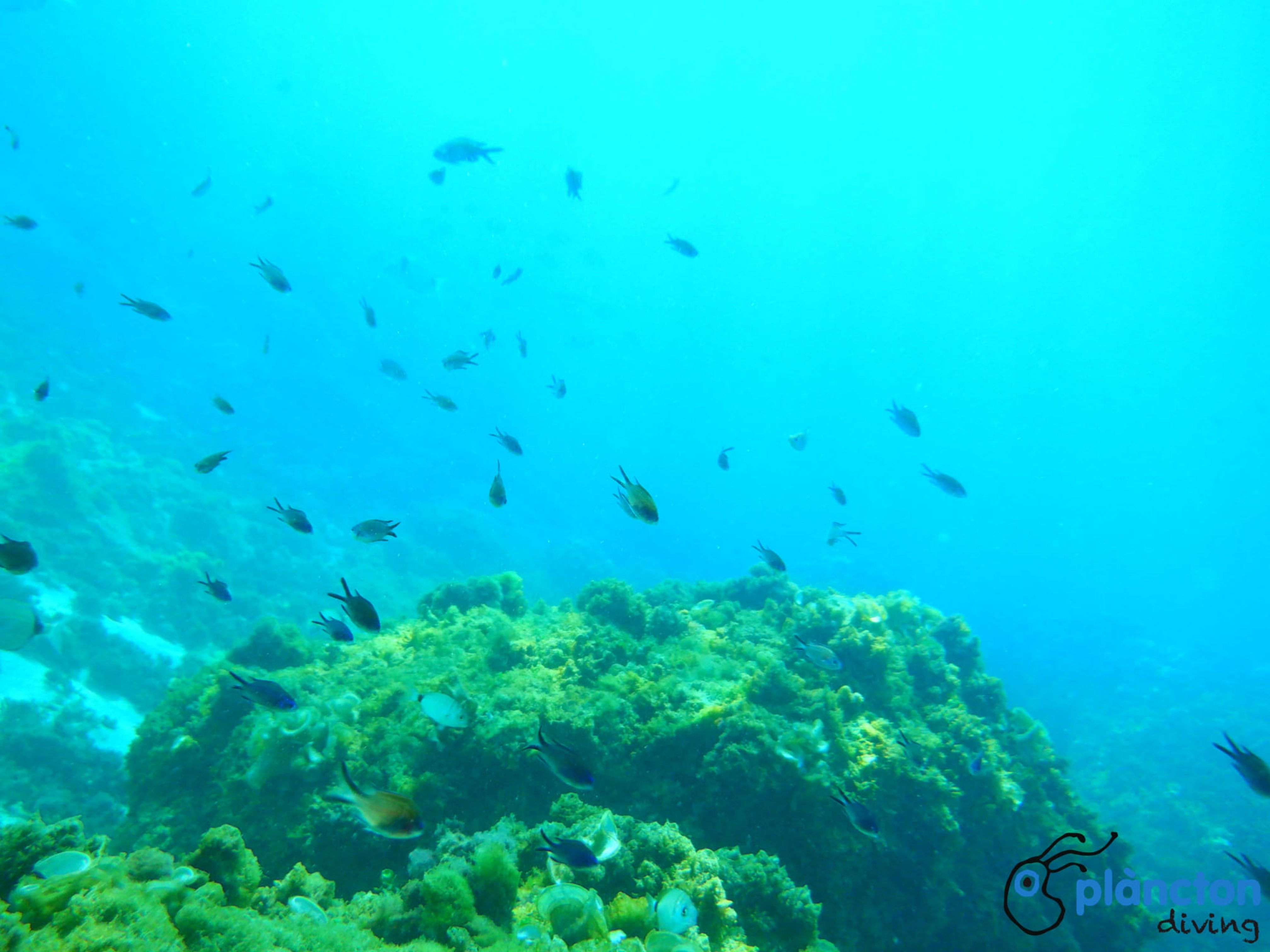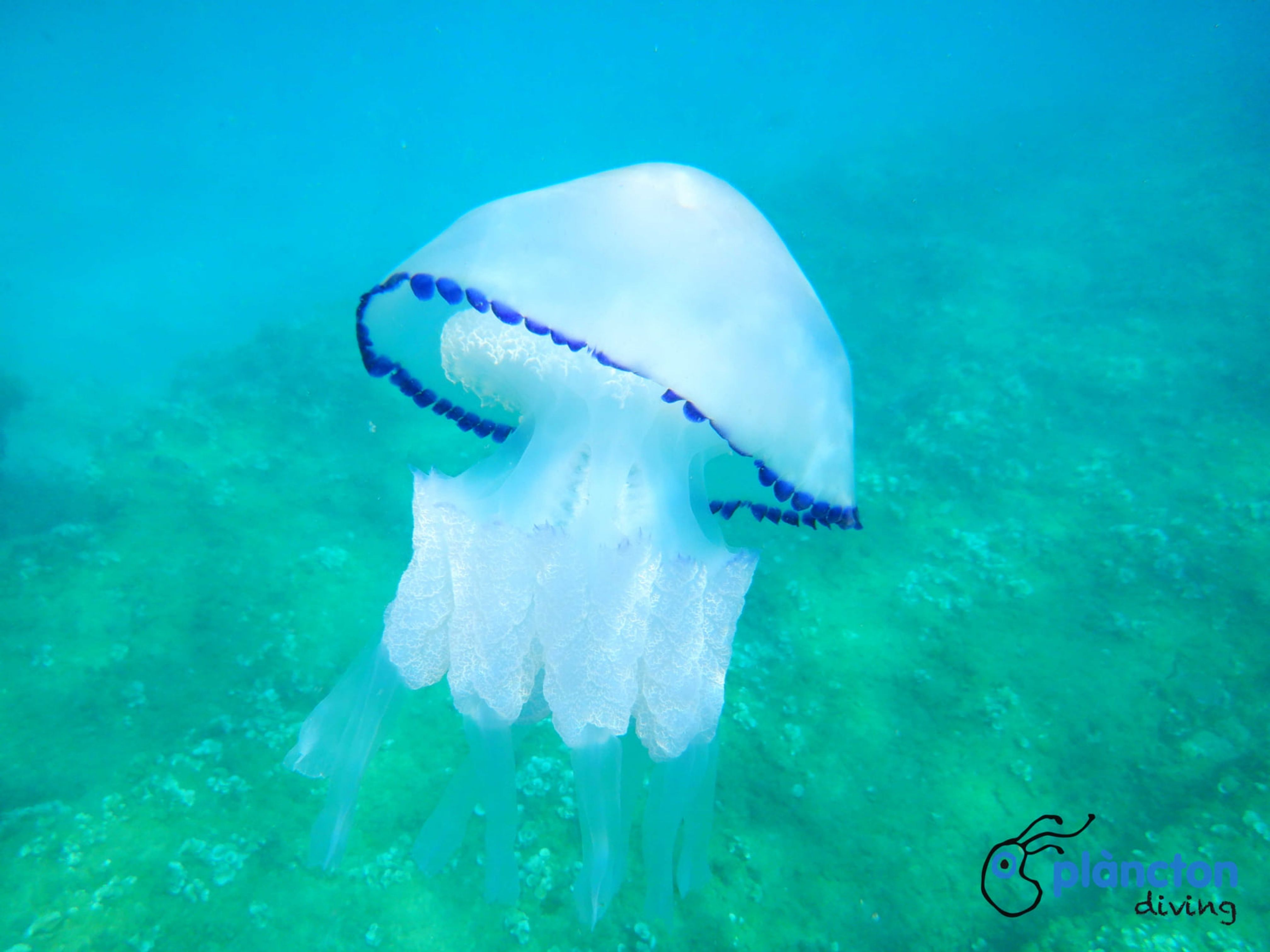masia blanca marine reserve
At sea, as well as on land, the relief offers protection to many species and promotes increased biodiversity. The Masia Blanca marine reserve, which was created in order to protect the rough seabed—exceptional in an area dominated by sand and mud—is located across from the beaches of El Vendrell, next to the port of Coma- ruga.
These rough seabeds are made up of barriers of biological origin (coralline communities), running perpendicular to the coast, between a sandy seabed and another long barrier that runs parallel to the shoreline and is located in the deepest part of the marine reserve. Underwater forests abound—made up of an aquatic plant endemic to the Mediterranean, Posidonia oceanica—while forming a labyrinth rich in species of invertebrates (octopuses, cuttlefish, mother of pearl, etc.) and vertebrates (red mullets, groupers, bream and bass, among others).
This submarine relief has favoured the establishment of different fauna that are interspersed, creating great biological biodiversity.
This community, referred to scientifically as “pre-coralline”, in sublittoral environments bordering on the circalittoral, is called “grapissar” in Catalonia and is known as “maërl” (maerl) in other areas of the coast.
This sea thicket is also a landscape worthy of admiration for its magnificent beauty and for being a habitat abundant in fish. In addition, the maerl seabed—rare for the Mediterranean and vulnerable due to its very slow growth—is of clear ecological interest because of its special and characteristic heterogeneity, high biodiversity (abundance of species), including some very rare species and others that are of interest for fishing.
It should also be noted that the thermal reserve of the Brisamar spring reaches the marine reserve, gushing at 19 °C throughout the year and naturally enriching the waters of the reserve which, like those of the Mediterranean, are characterized by a lack of nutrients and crystalline quality.

